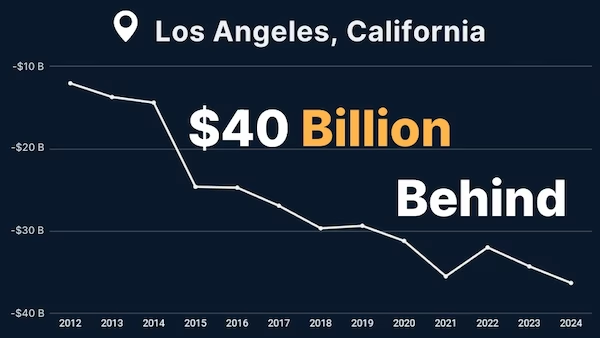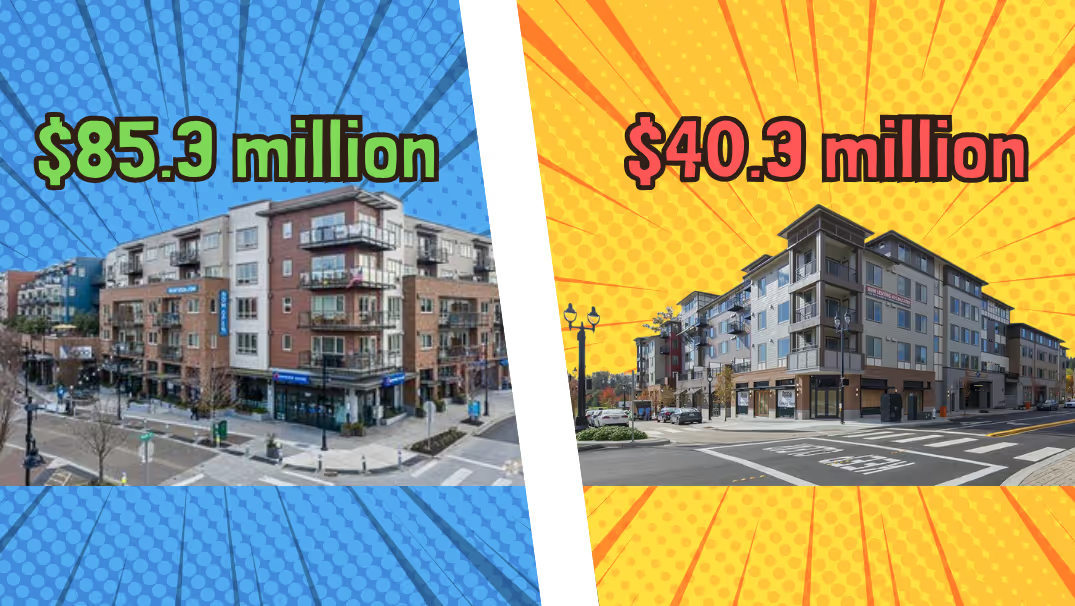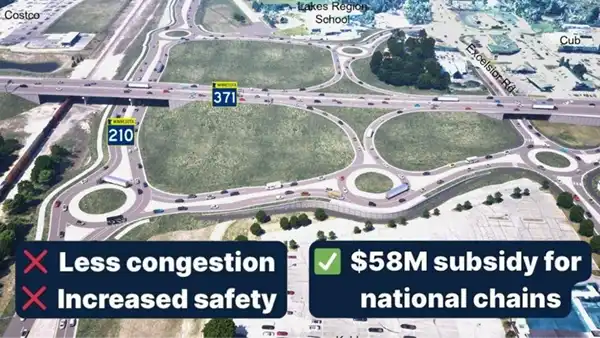Editor's Note: The challenges our cities face are growing, but so is the strength of this movement. Every story we share, every idea we spread, and every tool we build exists because people like you are committed to showing up. Your membership isn’t passive—it’s the momentum that makes change possible.
Housing challenges may be national, but the most effective responses start locally.
In Norwalk, Connecticut, Thomas Blyth is showing what that looks like. His recent op-ed doesn’t just lay out the city’s housing struggles—it offers a clear and actionable roadmap. At a time when public conversations stall in vague ambition or divisive rhetoric, Blyth’s approach is refreshingly focused, deeply informed, and unmistakably constructive.
He begins where strong advocacy should—with the facts. Over 40% of Norwalk households are cost-burdened, spending more than 30% of their income on housing. In a city where housing costs have outpaced wages, Blyth makes it clear: inaction isn’t neutral. It’s a slow-moving crisis for working families, seniors on fixed incomes, and young people hoping to stay in the communities they call home.

Subsidies alone won’t fix the problem. “Income-restricted units are critical lifelines for our most vulnerable,” he writes, “but the prevalence of need suggests a broader problem.” In other words, if subsidies are our only tool, then the system itself is misaligned.
That’s why he calls for more “lowercase-a” affordable housing—homes that are modest by design, not just made affordable through government programs. Think smaller houses, duplexes, ADUs, and cottage courts. These kinds of homes were once a staple in New England towns and allowed working- and middle-class families to live affordably. Restoring the ability to build them today is more than good policy—it’s a path to economic resilience.
What sets this vision apart is its emphasis on local ownership–both of the housing and of the process that creates it. When Norwalkers build Norwalk, the wealth created—wages, business revenue, housing security—tends to stay in the community. By contrast, large-scale developments led by distant investors are often structured around wealth extraction. Their business models prioritize return on investment over local benefit, making it harder to ensure that housing remains affordable or that gains are reinvested locally.
Making Norwalk Housing Ready
At the heart of Blyth’s proposal is the Strong Towns Housing-Ready City Toolkit, a framework that’s already guiding reforms in cities across North America.
It’s built on a few essential insights: that housing affordability will not be solved from above; that the best solutions are those led by communities; and that incremental change across all neighborhoods is more equitable—and more durable—than large, one-time projects in just a few.
Here’s what that looks like in Norwalk’s context:
- Legalize the next increment of housing in every neighborhood, by right. That means allowing single-family homes to become duplexes or triplexes without a lengthy approval process. It also means encouraging the revival of housing types like the triple-decker—once a staple of New England housing stability.
- Permit accessory dwelling units and backyard cottages everywhere. While Norwalk technically allows these, current regulations make them impractical for many homeowners. Reforming those rules could open up small-scale rental and multigenerational housing options.
- Eliminate large-lot minimums. Many existing neighborhoods, already served by water and sewer, still require one-acre minimum lots. That prevents gentle densification and blocks housing that could otherwise fit seamlessly into the neighborhood fabric.
- Streamline permitting. Simple projects like an ADU or a duplex conversion shouldn’t take months. A 24-hour permit for low-impact, code-compliant additions is not only feasible—it’s essential for empowering local builders and families.
The goal isn’t to remake Norwalk overnight. In fact, avoiding cataclysmic change is part of the point.
When change is blocked in most of the city, it hits hardest in the places with the least power to resist—leading to concentrated development, displacement, and resentment. But when every neighborhood does a little, no one area is overwhelmed. That’s the difference between a fire hose and a misting nozzle—and it’s how Norwalk can add housing without losing what makes its neighborhoods special.
The strongest communities aren’t built from the top down; They're shaped by neighbors willing to think hard, speak up, and take ownership. Writing an op-ed, like Blyth did, is one way to turn concern into conversation—and conversation into change. Sometimes, all it takes is a few hundred well-placed words.





